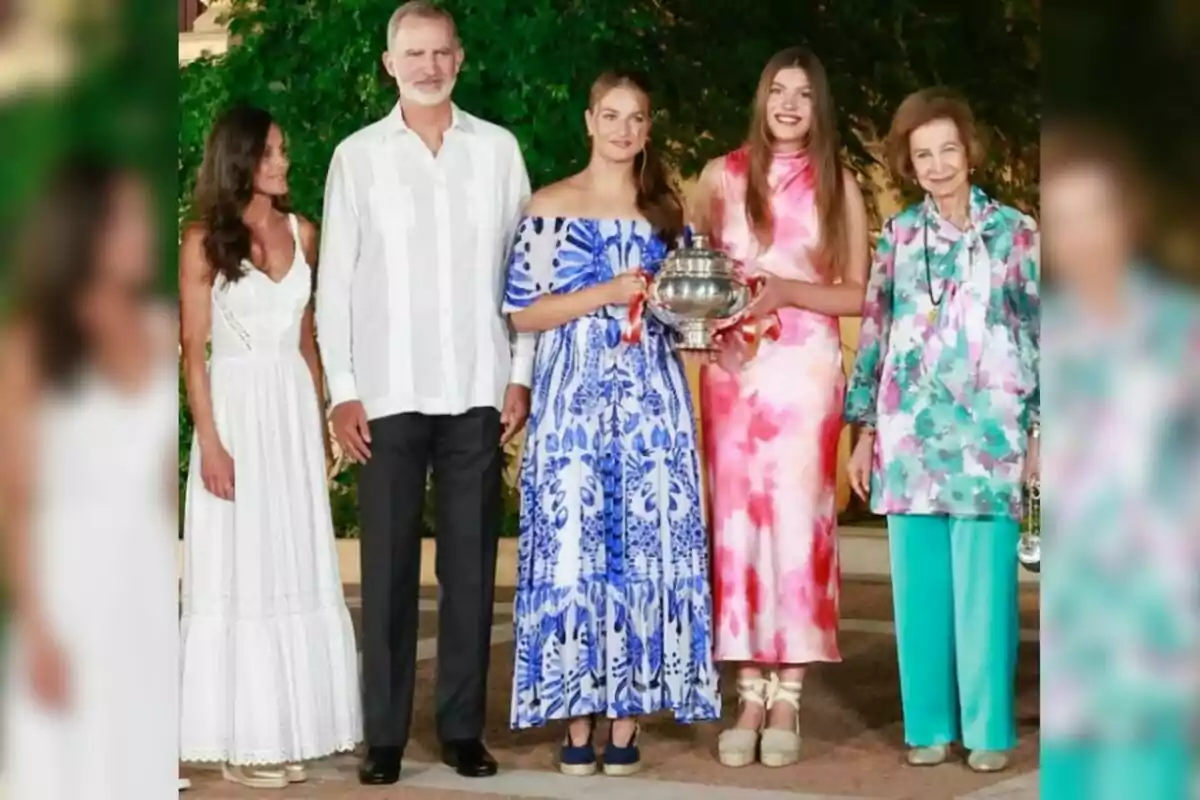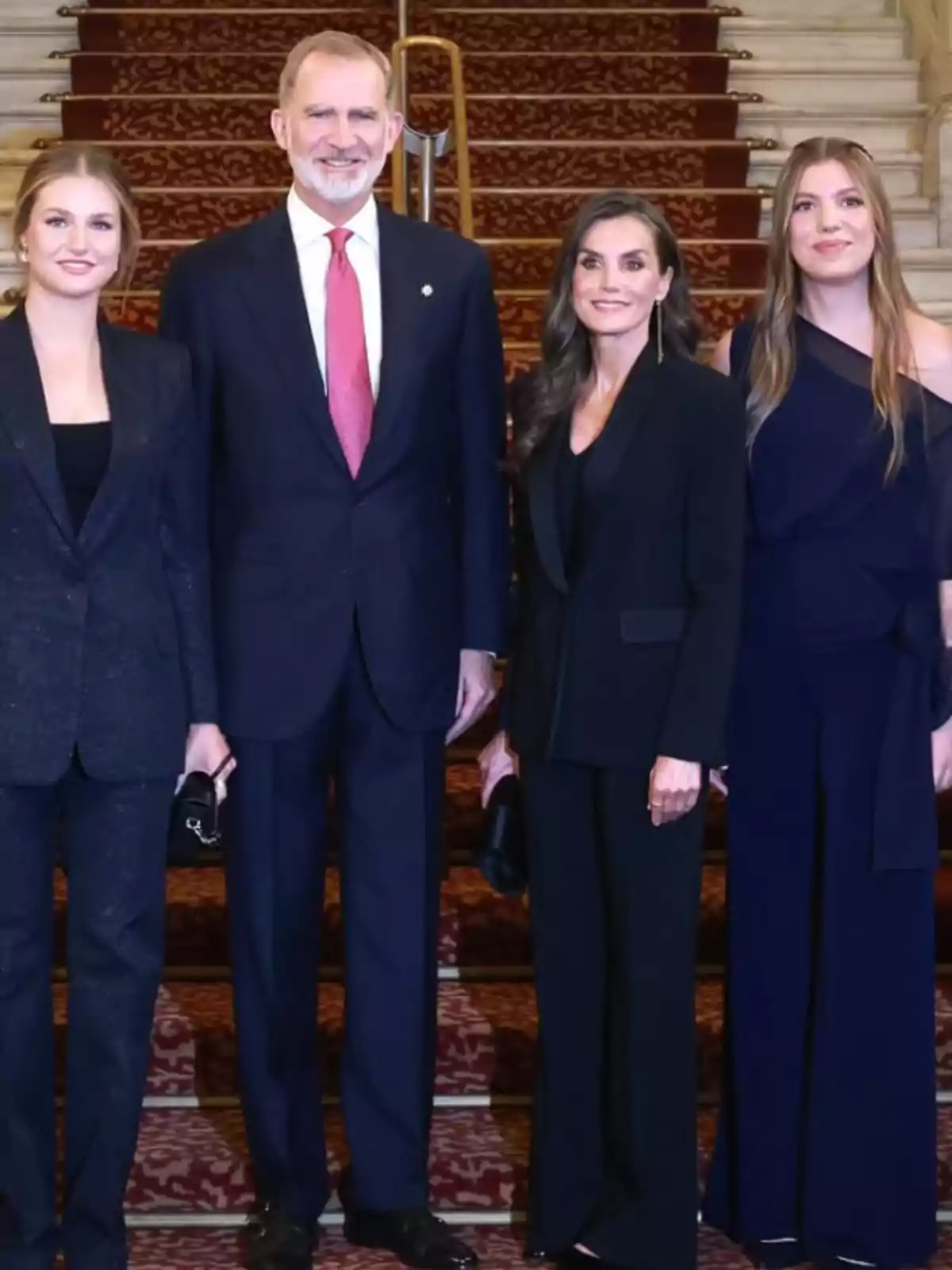In the midst of a period of transformation, the Spanish royal family has received news that has brought optimism back to its halls. A recent public opinion report has put a significant change in citizens' perception on the table.
The atmosphere at Zarzuela is one of relief and satisfaction, since the results of the study have confirmed that the institutional work is starting to bear fruit. The image of the monarchy is improving, and with it, its symbolic role in today's society is being reinforced. What this report reveals also has a proper name that has restored hope to King Felipe VI's inner circle.

An institution that is playing for its future across generations
The Spanish monarchy has gone through years of wear and tear marked by scandals, mistrust, and disaffection. The greatest challenge it faces today is to regain its connection with the new generations, who are increasingly distant from traditional values. According to the latest report, this goal is now closer.
The figure of King Felipe VI continues to be seen as a guarantee of institutional stability. However, the data show that his emotional connection with citizens is limited, especially among those under 35 years old. This group, which grew up during the full reputational crisis of the previous reign, still keeps a certain skepticism.
Territorial differences are also relevant. Andalusia stands out for its growing support, while in Catalonia and the Basque Country, although criticism persists, there are signs of improvement. Even so, the challenge of strengthening the bond with younger citizens and with certain regions remains a priority.

News that changes the board at the royal family
The fact that has filled Spain with happiness is that, according to the report, Princess Leonor has become the most promising figure in the institution. The heir to the throne has achieved a very high rating, which confirms that her role is beginning to be consolidated in the eyes of the citizens. This evolution has even left Felipe speechless, seeing how his daughter is leading the monarchy's future.
The recognition of Leonor is not a coincidence: her involvement in official events, her academic training, and her reserved character have resonated with the public. She is seen as a modern, well-prepared, and approachable figure, capable of adapting to new times without losing the institutional essence. In a complex political and social context, her image is perceived as a symbol of calm continuity.
Queen Letizia also reaches record levels of support, surpassing 60% favorable opinions for the first time. Her commitment, sobriety, and professionalism have earned her respect even from traditionally republican sectors. Together, mother and daughter represent the strongest axis of the present and future of the Crown.

A moment of historic strength for the monarchy
For the first time in a decade, the perception of the monarchy shows solid signs of recovery. More than 36% of those surveyed believe that the institution is stronger today than in 2014. This positive trend comes after years of doubts and scandals that had undermined its legitimacy.
Although challenges remain, especially in ideological and territorial terms, the support for certain members of the royal family seems to mark a change of cycle. The figure of Felipe VI remains stable, but the symbolic prominence has shifted toward the women of the institution. That is where the drive for renewal is concentrated.
In the eyes of the report, the monarchy has found a formula that combines continuity, modernity, and closeness. If this trend keeps up, the institution could consolidate its role in an increasingly diverse and demanding Spain. In this sense, Leonor stands as the face of this new stage.

